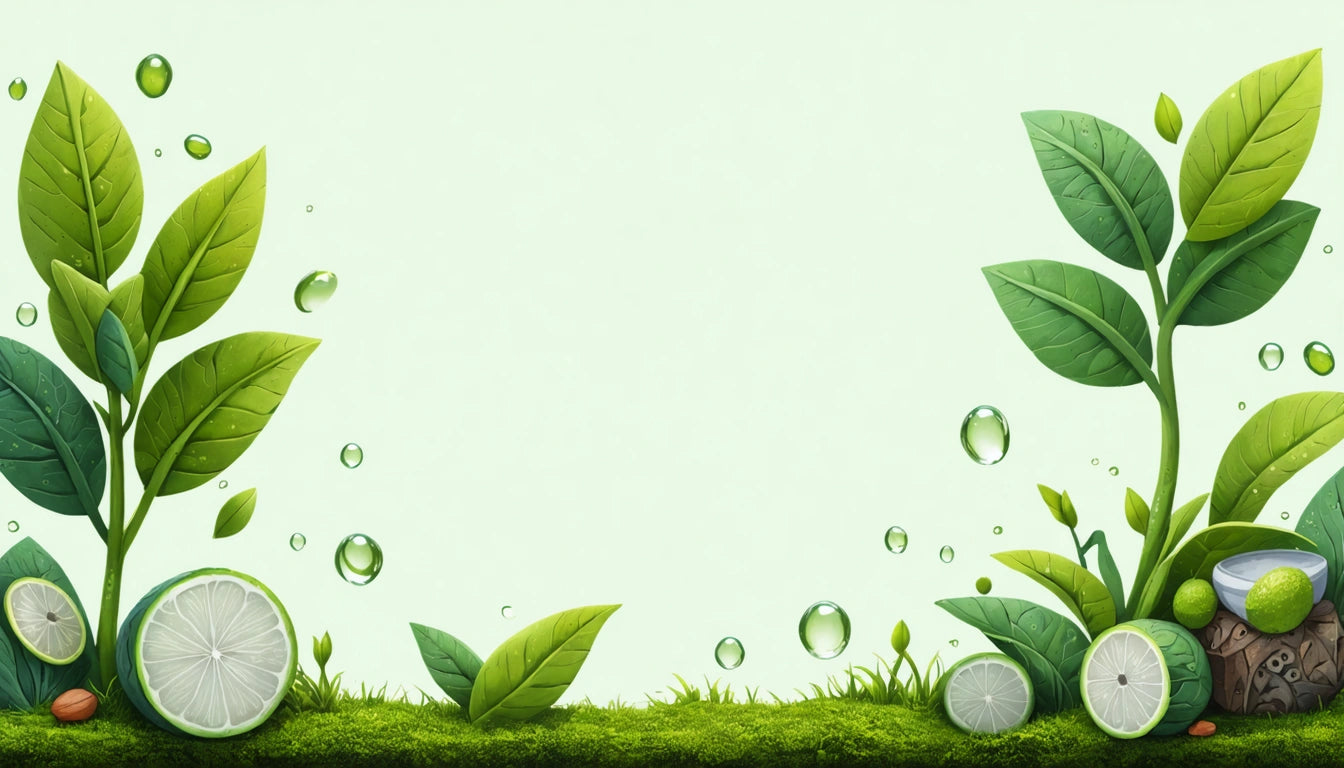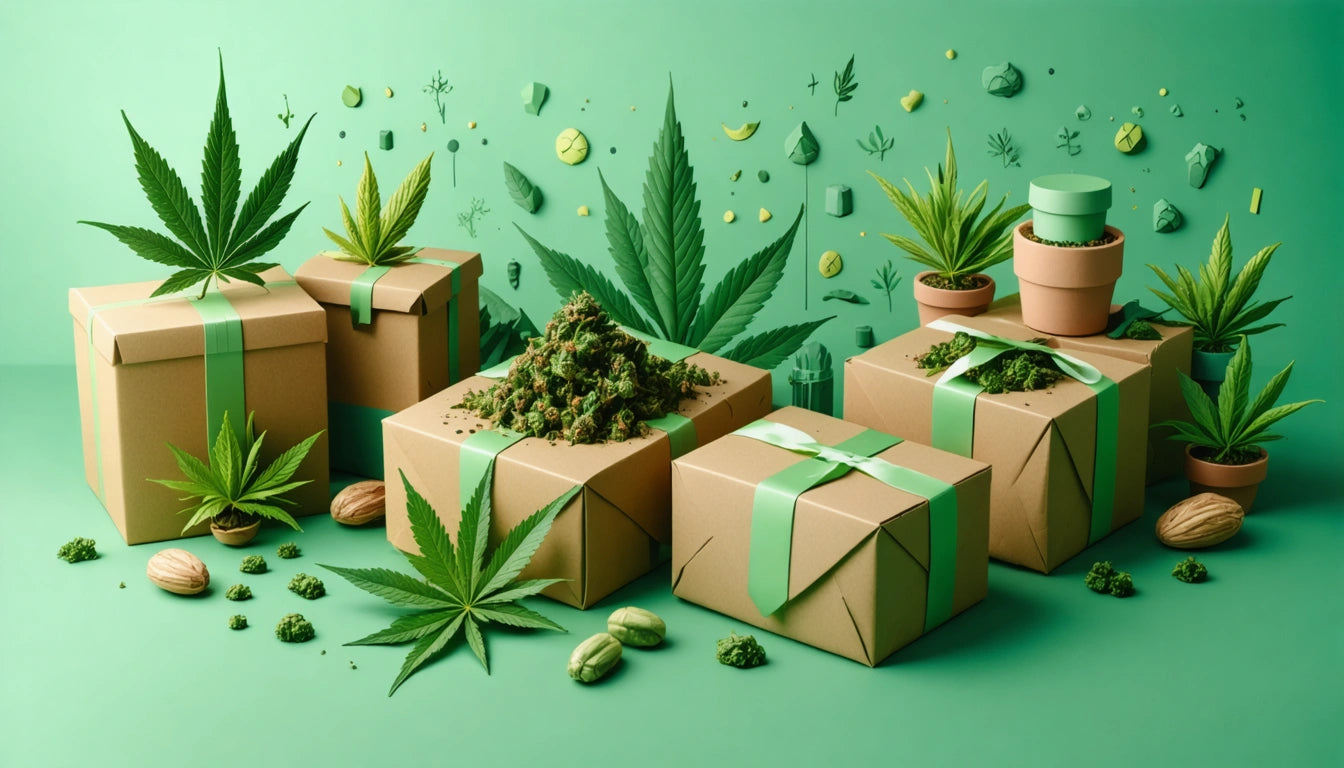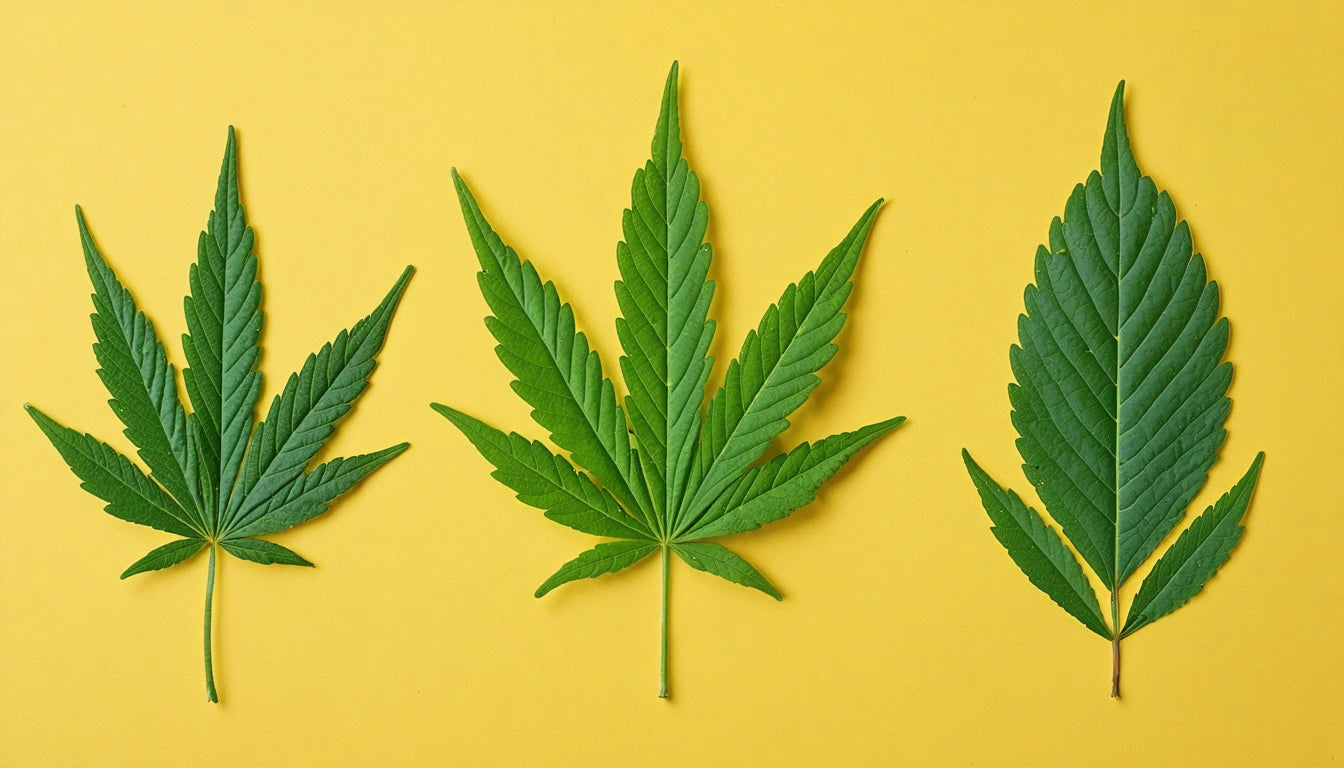Table of Contents
- What Are Bioplastics: Composition and Source Materials
- Production Methods: How Biodegradable Plastic Is Made
- Bioplastic vs Plastic: Key Differences in Materials and Properties
- Environmental Impact: Biodegradability and Sustainability Factors
- Applications and Innovations in Bioplastic Technology
- Future Outlook: The Evolving Role of Bioplastics in Packaging
Understanding Bioplastics: Composition, Production, and Comparison with Traditional Plastics
As environmental concerns grow, bioplastics have emerged as a potential alternative to conventional petroleum-based plastics. These innovative materials aim to address plastic pollution while maintaining functionality. This comprehensive guide explores what bioplastics are made from, how biodegradable plastic is made, and the critical differences between bioplastic vs plastic materials.
What Are Bioplastics: Composition and Source Materials
Bioplastics are polymers made wholly or partially from biological resources rather than petroleum. Understanding what bioplastic is made of requires examining their diverse source materials:
Plant-Based Sources
The most common bioplastic feedstocks include:
- Corn starch: Used in PLA (polylactic acid) production
- Sugarcane: Utilized for bio-PE (polyethylene) manufacturing
- Cellulose: Derived from wood pulp or cotton
- Vegetable oils: Castor, soybean, and palm oils
- Algae: Emerging as a sustainable alternative
These renewable resources form the foundation of what bioplastic is made from, creating materials that can potentially return to the natural cycle at end-of-life.
Animal-Based and Microbial Sources
Less common but growing in importance are:
- Chitin: Extracted from crustacean shells
- Microbial polyesters: Produced by bacteria
As PLA composition and production methods evolve, manufacturers continue to refine these processes for greater efficiency.
Production Methods: How Biodegradable Plastic Is Made
The production of bioplastics involves several distinct processes depending on the feedstock and desired end product:
Fermentation and Polymerization
For PLA, the most common bioplastic:
- Starch extraction from corn or other plants
- Conversion to dextrose (sugar)
- Fermentation to produce lactic acid
- Polymerization of lactic acid molecules into long chains
- Processing into pellets for manufacturing
Understanding how biodegradable plastic is made reveals the complexity behind creating materials that maintain desirable properties while potentially breaking down in natural environments.
Direct Extraction and Modification
Some bioplastics utilize more direct methods:
- Starch-based plastics: Directly extracted and modified with plasticizers
- Cellulose-based materials: Chemically treated to create cellophane
These processes differ significantly from traditional plastic production from crude oil, which involves extensive refining and polymerization of petroleum products.
Bioplastic vs Plastic: Key Differences in Materials and Properties
When comparing bioplastic vs plastic, several critical differences emerge:
Source Materials
Traditional plastics derive from non-renewable fossil fuels, while bioplastics utilize renewable biological resources. This fundamental difference impacts resource depletion and carbon footprint.
Biodegradability and Compostability
Not all bioplastics are biodegradable, and not all biodegradable plastics are bio-based. Understanding biodegradability requires examining:
- Industrial compostable: Requires specific conditions (temperature, moisture)
- Home compostable: Breaks down in home composting systems
- Marine biodegradable: Degrades in ocean environments
In contrast, conventional plastics like polyethylene and other virgin plastics persist for hundreds of years.
Physical Properties
In the plastic vs bioplastic comparison:
- Heat resistance: Many bioplastics have lower melting points
- Moisture sensitivity: Some bioplastics absorb water more readily
- Mechanical strength: Traditional plastics often outperform in durability
- Barrier properties: Conventional plastics typically provide better oxygen and moisture barriers
These differences affect product design decisions, particularly for sensitive applications like food packaging or safety-critical containers that require specific performance standards such as child-resistant packaging.
Environmental Impact: Biodegradability and Sustainability Factors
The environmental profile of bioplastics depends on multiple factors:
Carbon Footprint
Bioplastics often have lower carbon emissions during production but require agricultural inputs that have their own environmental impacts:
- Land use for growing feedstocks
- Water consumption for crop irrigation
- Fertilizer and pesticide applications
A complete life cycle assessment must consider these factors alongside end-of-life scenarios.
End-of-Life Options
Different disposal pathways exist:
- Industrial composting: Requires proper facilities
- Recycling: Some bioplastics can contaminate conventional plastic recycling streams
- Landfill: Biodegradable bioplastics may produce methane if they degrade anaerobically
The infrastructure for proper bioplastic disposal remains underdeveloped in many regions, limiting their potential environmental benefits.
Applications and Innovations in Bioplastic Technology
Bioplastics find use across diverse industries:
Packaging Applications
From food containers to shipping materials, bioplastics offer alternatives to traditional packaging:
- Food service items: Cups, utensils, plates
- Flexible packaging: Films and wraps
- Rigid containers: Bottles and jars
When comparing material options, considerations include whether glass or plastic containers might be better suited for specific products.
Emerging Technologies
Innovation continues to address limitations:
- Enhanced heat resistance through new formulations
- Improved barrier properties with composite structures
- Reduced costs through more efficient production methods
- Home-scale production through DIY methods for creating biodegradable plastics
These advancements aim to close the performance gap between bioplastic vs plastic conventional materials.
Future Outlook: The Evolving Role of Bioplastics in Packaging
The bioplastics industry continues to evolve with several key trends emerging:
- Increased focus on truly circular solutions rather than single-use biodegradables
- Development of multi-functional bioplastics with enhanced properties
- Growing investment in infrastructure for proper collection and processing
- Regulatory changes that may favor bio-based materials
As consumer awareness grows and technology advances, bioplastics will likely play an increasingly important role in sustainable packaging strategies. However, they represent just one component of a comprehensive approach to reducing plastic pollution and resource consumption.
Understanding what bioplastics are made from, how biodegradable plastic is made, and the nuances of bioplastic vs plastic comparisons enables more informed decisions about material selection for both manufacturers and consumers. While not a perfect solution to our plastic challenges, bioplastics offer promising pathways toward more sustainable material systems.











Leave a comment
All comments are moderated before being published.
This site is protected by hCaptcha and the hCaptcha Privacy Policy and Terms of Service apply.